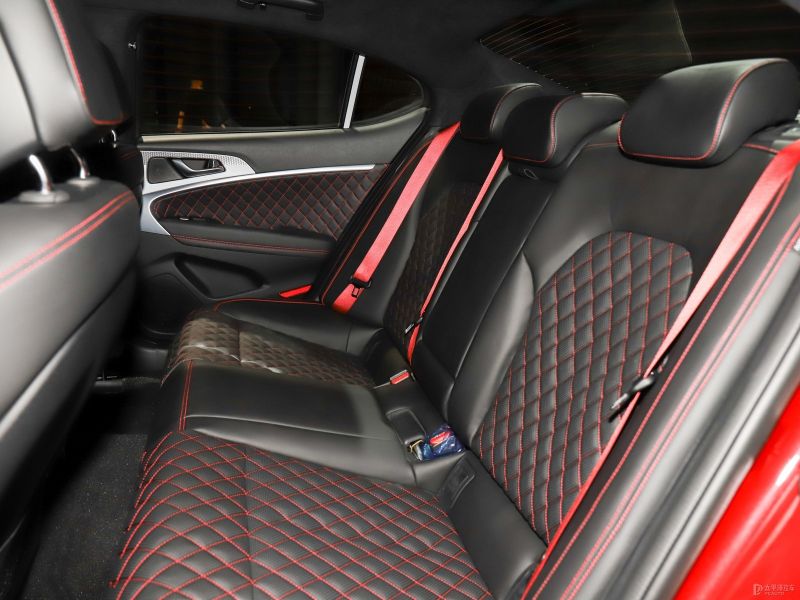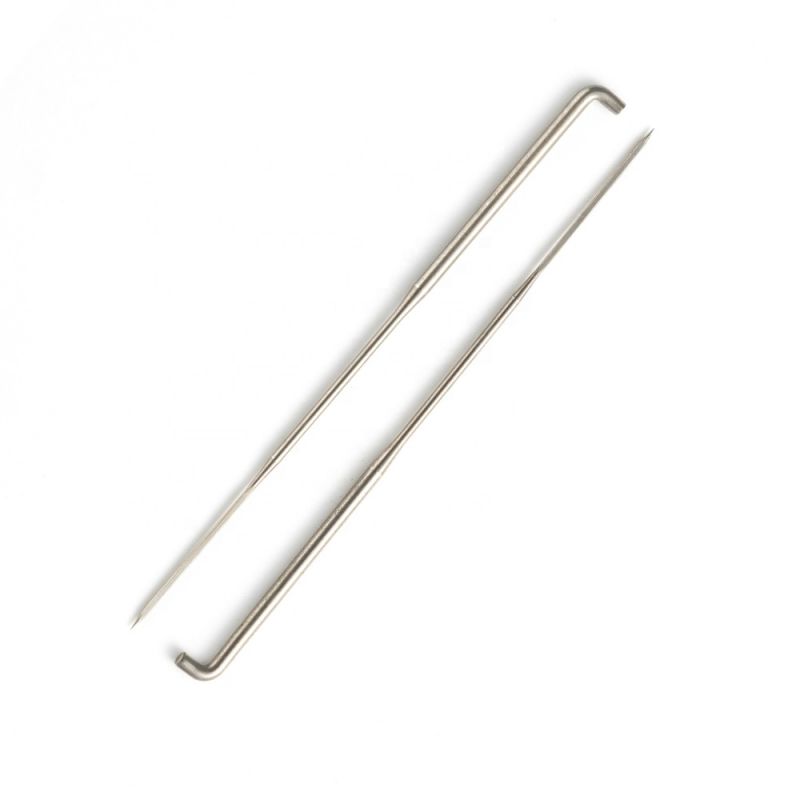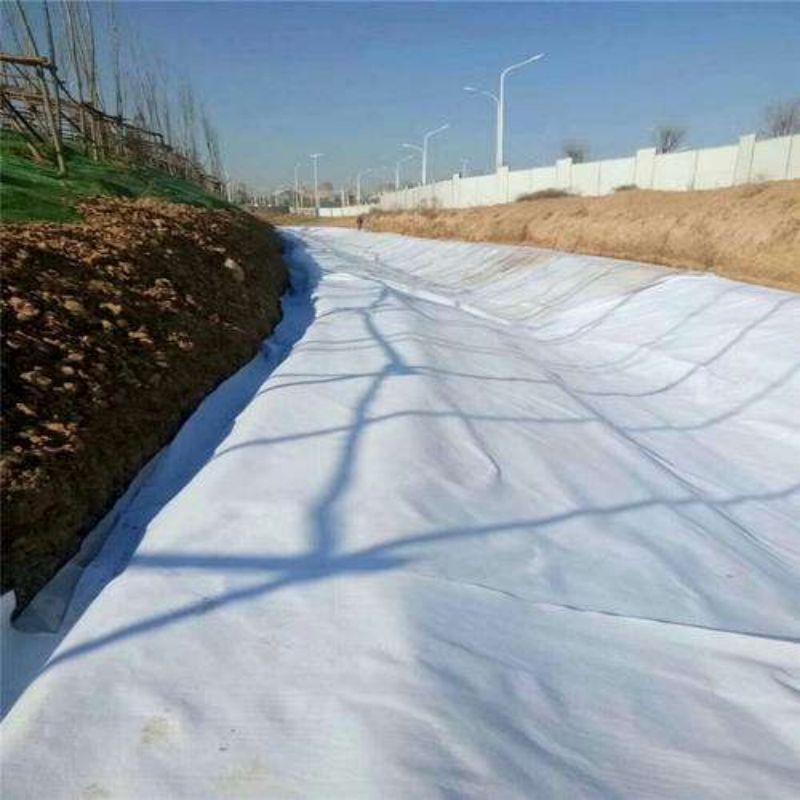
In the textile industry, non-woven fabrics are increasingly gaining popularity due to their versatility, cost-effectiveness, and eco-friendly nature. Non-woven fabric machines play a crucial role in the production of these fabrics, employing various techniques such as needle punching to create uniform and durable materials. Among the key components of non-woven fabric machines are felting needles, which are essential for the mechanical bonding of fibers to form non-woven fabrics. This article explores the significance of felting needles in non-woven fabric production and their contribution to the advancement of the textile industry.
Non-woven fabric machines are designed to transform loose fibers into cohesive and structured fabrics without the need for conventional weaving or knitting processes. These machines utilize different methods, including needle punching, thermal bonding, and chemical bonding, to interlock, entangle, or fuse fibers into non-woven fabrics. Among these techniques, needle punching is a popular method that involves the mechanical penetration of fibers using felting needles to create a bonded fabric structure.
Felting needles used in non-woven fabric machines are specialized tools designed to perforate and interlace fibers by repeatedly piercing them, thereby creating a fabric with enhanced strength, stability, and integrity. These needles are categorized based on factors such as shape, barb configuration, and gauge, each affecting the penetration and entanglement of fibers during the felting process.
The barbs or notches along the shaft of felting needles play a critical role in effectively capturing and aligning the fibers during needle punching. As the needles penetrate the fiber web, the barbs engage with the fibers, pulling them through the fabric and interlocking them to form a cohesive structure. This process results in a non-woven fabric with desirable properties such as uniform density, tensile strength, and dimensional stability.
Non-woven fabric machines equipped with felting needles are capable of producing a wide range of non-woven fabrics for various applications, including geotextiles, automotive interiors, filtration materials, and hygiene products. The versatility of felting needles allows manufacturers to customize the fabric properties by adjusting factors such as needle density, penetration depth, and barb profile, thereby meeting specific performance and functional requirements.
Furthermore, advancements in felting needle technology have led to the development of specialized needles tailored for specific non-woven fabric applications. For instance, high-speed needle looms used in non-woven fabric machines require durable and precision-engineered felting needles to ensure consistent and efficient fabric production. Manufacturers are also exploring novel needle designs and materials to improve the performance and longevity of felting needles, contributing to the overall productivity and sustainability of non-woven fabric production.
In conclusion, felting needles are indispensable components of non-woven fabric machines, playing a pivotal role in the production of high-quality non-woven fabrics. The integration of advanced felting needle technology in non-woven fabric machines has revolutionized the textile industry, enabling efficient and sustainable manufacturing processes. As the demand for non-woven fabrics continues to grow in various sectors, the optimization and innovation of felting needles and non-woven fabric machines are poised to drive further advancements in fabric production, offering new possibilities for durable and eco-friendly textile solutions.


Post time: Jan-23-2024
